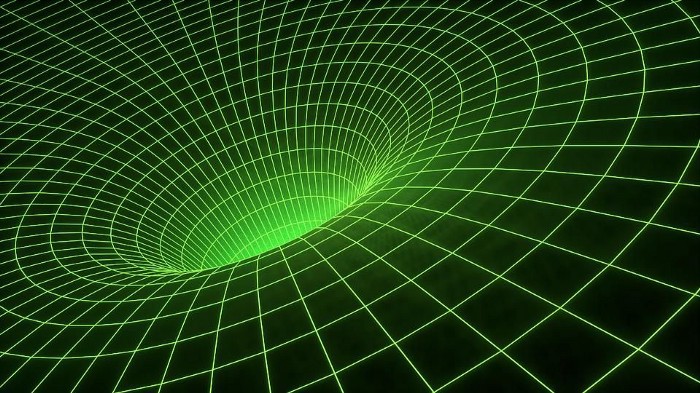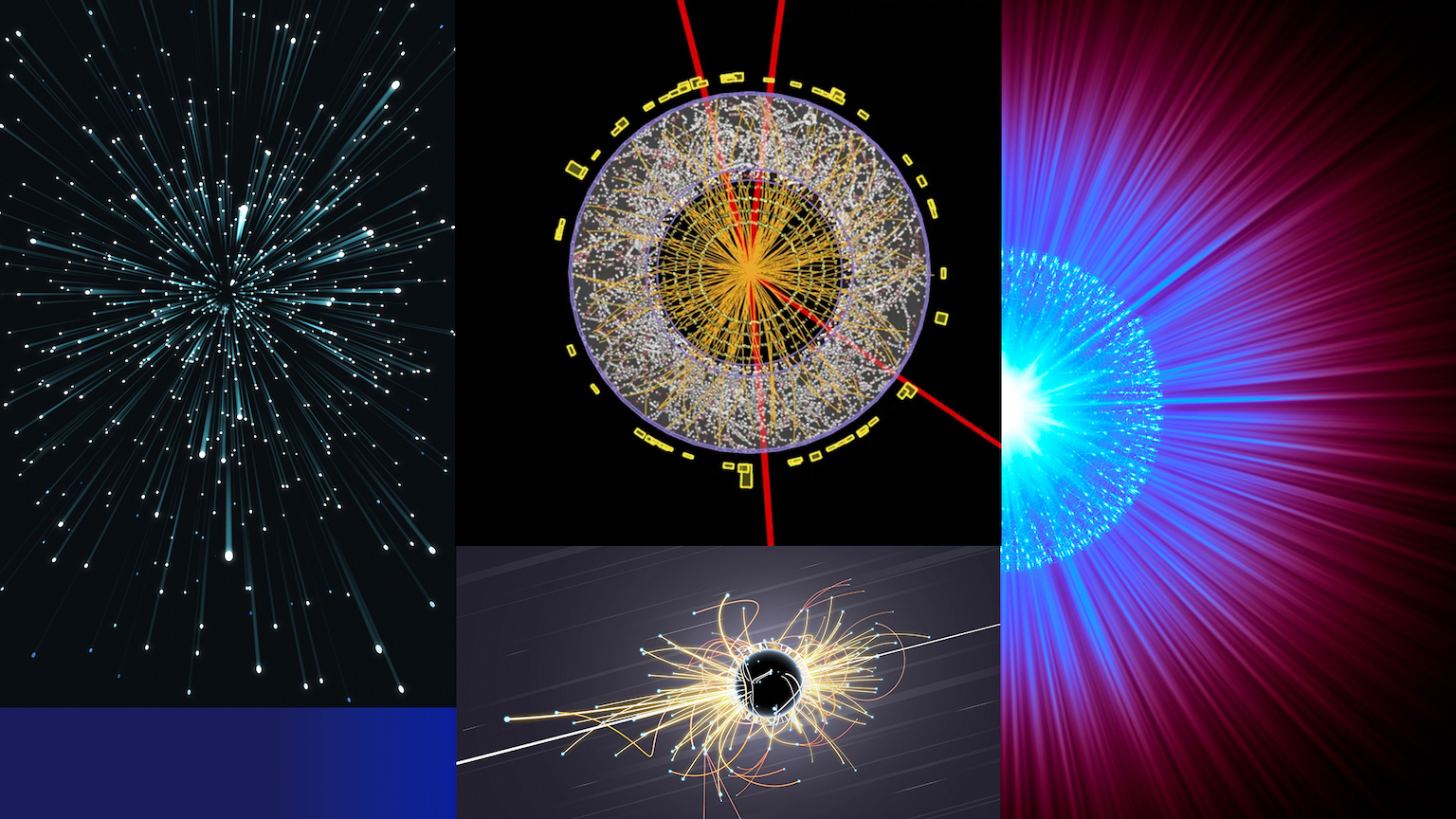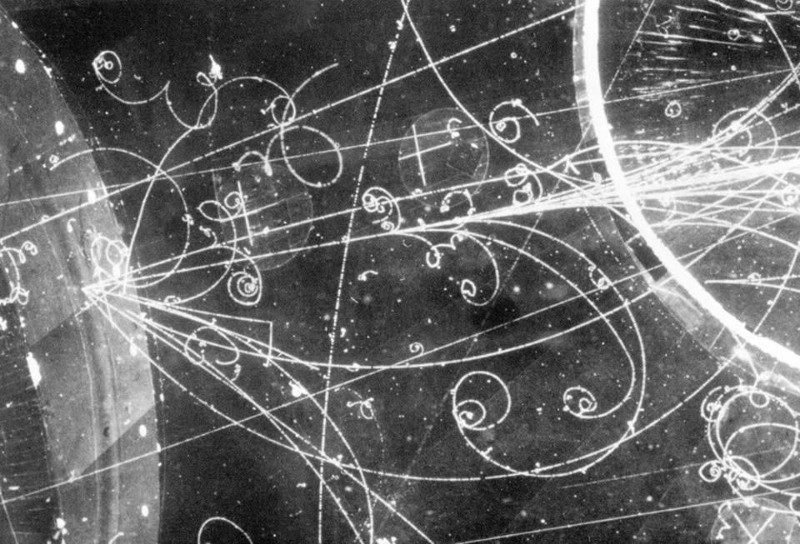Why is half the Universe missing?

- When the Universe began, the cosmos was full of energy. Since energy can convert into matter and antimatter, as the Universe cooled, the energy should have made equal portions of matter and antimatter.
- Yet, when we look around us, we are left with a puzzling observation: The Universe we see is made solely of matter. There is no explanation for this fundamental “asymmetry.”
- Understanding why the Universe was created with more matter than antimatter is key to understanding why anything exists.
Scientists know an astonishing number of exotic things. For instance, we know that the Universe began nearly 14 billion years ago in a cataclysmic event called the Big Bang. The first experimental evidence that the Big Bang happened was reported in 1929, and the case has only strengthened in the last century. There is no credible doubt that it happened.
We also know that, in addition to the ordinary form of matter that makes up you and me, there exists an exotic form, called antimatter, that has the property that when it touches ordinary matter, the two annihilate each other in a staggeringly large flash of energy. Indeed, a gram of antimatter, when brought into contact with a gram of matter, would release about the same amount of energy as the 1945 atomic bomb that devastated Hiroshima.
While combining matter and antimatter can create energy, the converse is also true. Energy can create matter and antimatter in equal quantities. Antimatter was first observed in 1931 and, again, the case only has been strengthened. The existence of antimatter is sufficiently well accepted, such that it played a prominent (and somewhat realistic) role in Dan Brown’s blockbuster novel Angels and Demons.
The matter with antimatter
While the data proving both the existence of the Big Bang and antimatter are simply overwhelming, there is a problem. When one combines these two facts, a puzzling mystery arises: They cannot simultaneously be true, or at a minimum, the story is incomplete.
Here’s the problem. When the Universe began, the cosmos was full of energy. Energy can convert into matter and antimatter. As the Universe expanded and cooled, all that energy should have made matter and antimatter in equal quantities. Yet, when we look around us, we are left with a puzzling observation: The Universe we see is made solely of matter.
Is it in a galaxy far, far away?
A common suggestion is that maybe antimatter is just “out there” in the Universe. After all, if matter and antimatter don’t touch, there’s no problem. In principle, the Moon could be antimatter. However, we know this isn’t true. For instance, since Neil Armstrong and the entire lunar lander were made of matter, if the Moon were made of antimatter, when the spacecraft touched the Moon’s surface, there would have been a tremendous explosion. But that didn’t happen, so we know the Moon is made of matter.
Exploration of other planetary objects results in the same conclusion for our cosmic neighborhood: The solar system is made of matter. But what about other stars? We can be certain that other stars in the Milky Way galaxy are also made of matter.
Stars like our Sun are constantly emitting particles, what is called in our planetary system “the solar wind.” Basically, it consists of atoms from the Sun that fly out into interstellar space.
If there existed antimatter stars, they would shoot out antimatter atoms, and matter and antimatter atoms would intermix in the depths between the stars. Occasionally, matter and antimatter atoms would touch and annihilate. When that happened, the result would be a very specific form of gamma radiation (which are like very energetic X-rays).
Because no such gamma radiation has been detected, we are certain that other stars are also made of matter. And the same principle rules out the existence of antimatter galaxies. In the intergalactic void between galaxies, clouds of gas surrounding the galaxies would touch, and we would know if a matter and antimatter cloud comingled.
So, where is all the antimatter?
If we are not saved by the possibility that matter and antimatter galaxies exist, where are we? We are left with the very strange possibility that somehow, when the Universe began, there was more matter than antimatter. And, indeed, this appears to be the case.
Evidence indicates that very early in the history of the Universe, less than a second after it began, for every two billion antimatter particles, there were two billion and one matter particles. The two billion matter and antimatter particles annihilated each other, leaving the one matter particle to join up with all the other leftover matter particles to make up the matter we now see around us.
The energy released when the matter and antimatter annihilated is everywhere. We see it as a bath of radio waves, called the cosmic microwave background radiation (CMB). It’s by measuring the CMB and counting the protons in the Universe that the matter-to-antimatter ratio was determined.
An asymmetry mystery
How is it possible that there could be a tiny imbalance in the matter and antimatter of the early Universe? We don’t know, but scientists have some ideas.
For instance, in the 1960s, scientists discovered that the Universe slightly favors certain subatomic matter particles over their antimatter equivalents. These particles are called quarks. However, the disparity between quark and antimatter quarks isn’t enough to explain the Universe, so researchers have another idea.
Neutrinos are very low mass particles that are produced in some forms of radioactive decay, and the biggest nearby producer of neutrinos is our own Sun. Researchers are building particle accelerators and detectors to study the behavior of neutrinos and antimatter neutrinos to see if they are different. If neutrinos and antimatter neutrinos act differently, it could be the answer to the mystery — which might mean that our Universe formed via leptogenesis (“creation from low-mass particles”).
While there are several facilities that are being built to study this possibility, the biggest one in the U.S. is called DUNE (Deep Underground Neutrino Experiment). In this experiment, researchers from the Fermilab facility near Chicago will shoot neutrinos and antimatter neutrinos to a waiting detector 1,300 km away in South Dakota. DUNE should begin operations later this decade. (Full disclosure: I am a researcher at Fermilab, although I am not affiliated with DUNE.)
While nobody knows why the Universe favors matter over antimatter, it’s an important question. Without that tiny imbalance (or asymmetry), we simply wouldn’t exist. So, it is a question we need to answer if we want to understand why galaxies, stars, and we humans endure.





